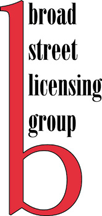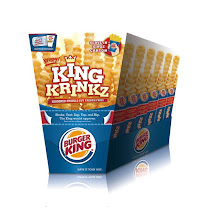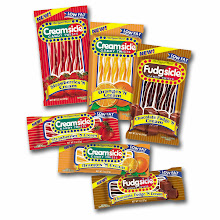
China, once seen as offering unlimited growth potential for US fast food brands, is experiencing one of its few challenges in the current economy. Elsewhere in the world, same store sales have stayed strong as consumers trade down from casual dining to QSR for price reasons. But Western fast-food meals are increasingly seen by the Chinese as too expensive and unhealthful. KFC in particular met with early success in China in part because consumers viewed it as cleaner and offering more-hygienic foods. Recent ads and promotional materials there have stressed good value, high quality and healthful lifestyles.
Overall, health issues are not yet as prominent among Chinese consumers (though 2 years of melamine catastrophes have pushed awareness along at the speed of light). It's the high relative cost of Western QSR dining that has run smack into the current economic downturn. In a recent survey by the marketing research firm Millward Brown found that 78% of Chinese consumers were feeling some effect from the global financial crisis. About half said they were likely to cut down on eating at Western fast-food restaurants. Yum Brands Inc., China's largest restaurant chain with nearly 2,500 KFCs and 416 Pizza Huts, said same-store sales in the country were up just 1% in the fourth quarter of 2008, compared with year-earlier growth of 17%.
In the U.S., Yum’s same-store sales rose 2% in the latest quarter. McDonald’s doesn't report figures for China, where it has about 1,050 stores, but the head of their operations admitted things were “soft” at the end of last year. Joining other US retailers in China, including Wal-Mart, McDonald’s has cut prices on its “value meals” to $2.42, a saving of up to 1/3 on a double cheeseburger, medium-size fries (or cup of corn) and a Coke. Despite the softening, McDonald’s plans on opening 175 stores in the Chinese market, more than anywhere else. Other food and beverage retailers, including Burger King, Dunkin’ Donuts, Starbucks and Cold Stone Creamery, are planning expansion in China.
Eating out has been growing by double digits there in recent years. The China Cuisine Association estimates sales surged 24% last year to $225bn at the nation's 4 million eating and drinking establishments. KFC, which opened its first store in China in 1987 and has spread into the rural parts of China, and its restaurants there are usually full. Few other foreign retailers in China have yet to enter such smaller markets inland, tending to focus instead on young consumers and the middle class in China's urban centers. Such a strategy is being challenged by the alarming drop-off in overall growth in the coastal cities like Guangzhou and Shenzhen as the country’s export juggernaut slows dramatically.
And the Chinese have been adept students of Western fast food success. Real Kungfu, a chain of 309 restaurants adorned with an image of Bruce Lee in its logo, has its own line “extra value meals” that includes rice, meat and vegetables, steamed egg, soybean milk and green-bean soup for about $2.58.
How long before Real Kungfu opens in the US?
Excerpted from BSLG's weekly subscription news reader service Food Business News. To subscribe or for information about licensing, contact Broad Street Licensing Group (tel. 973-655-0598)
.gif)











No comments:
Post a Comment
Note: Only a member of this blog may post a comment.